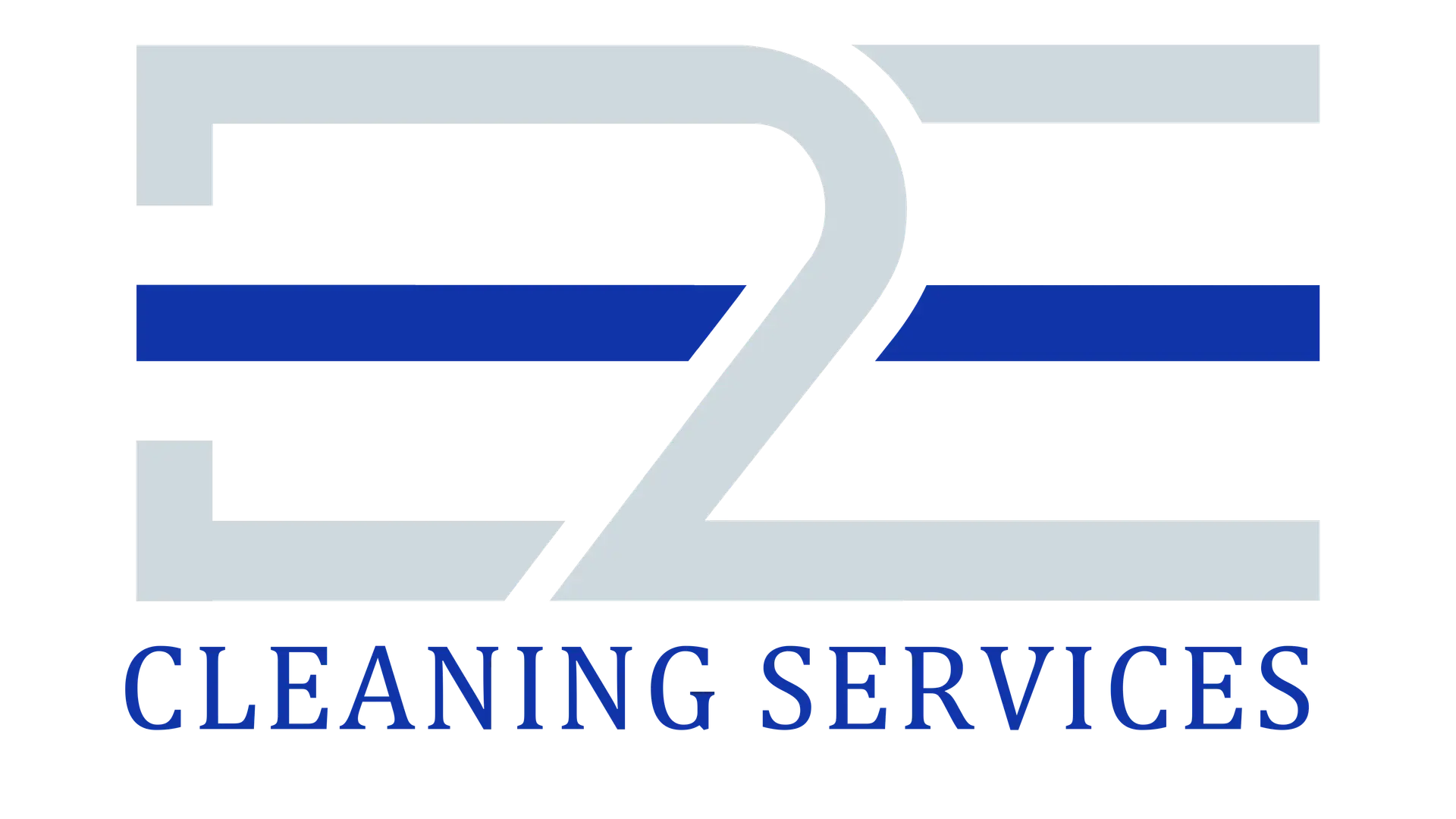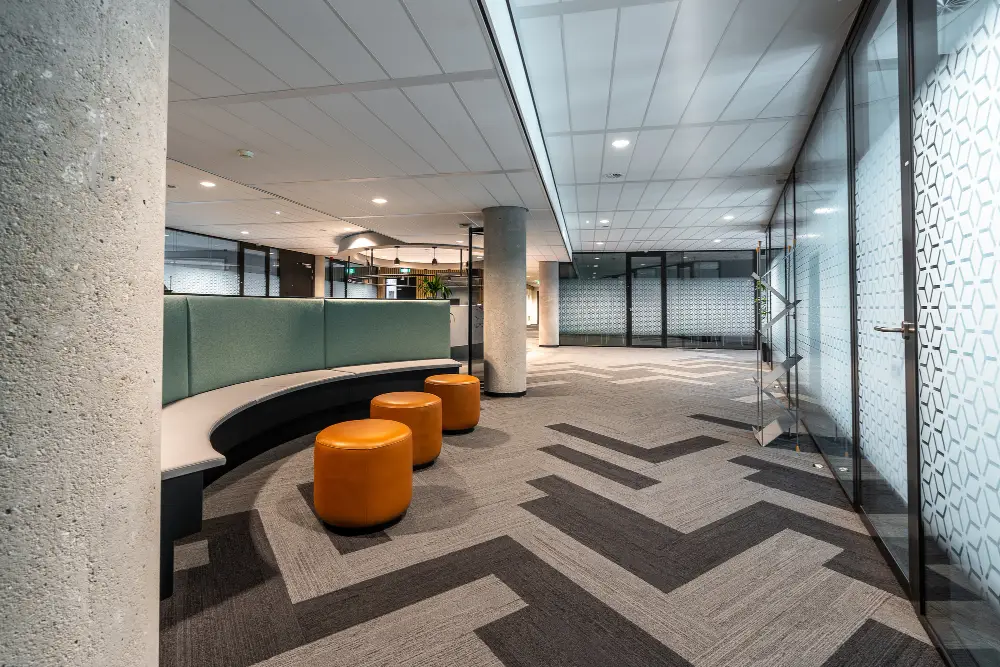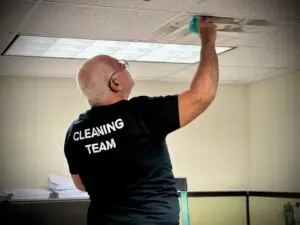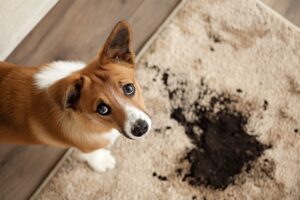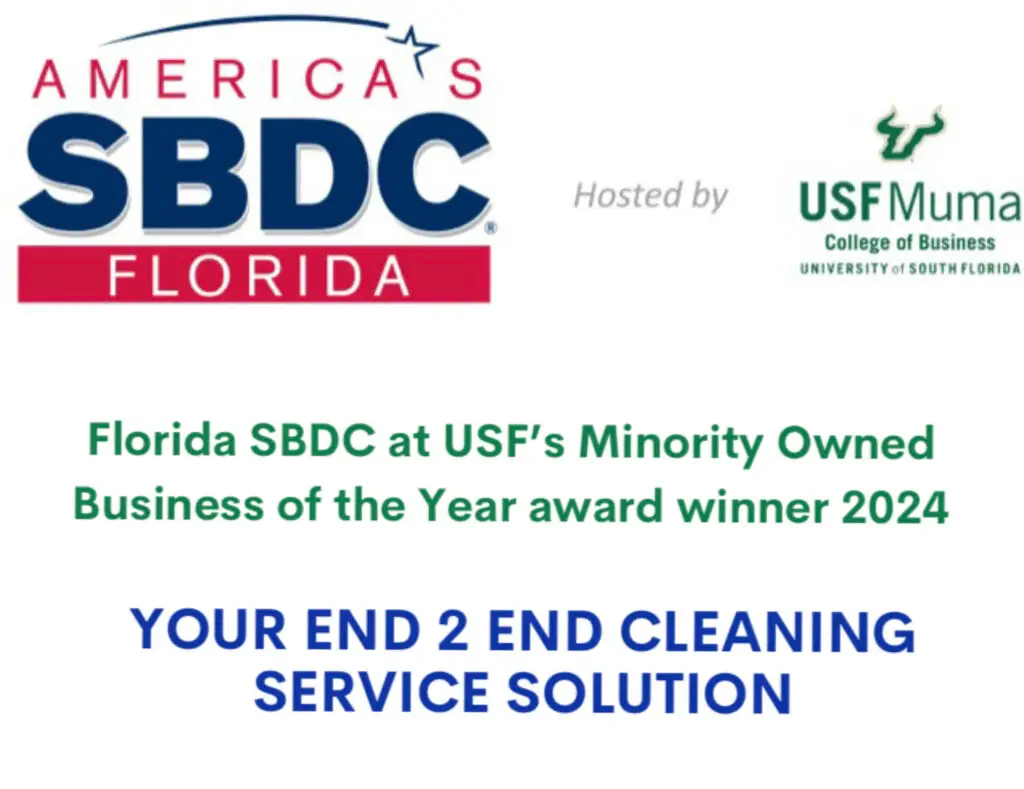In our discussions about maintaining the pristine appearance and longevity of commercial carpets in Tampa, it’s crucial to highlight that these carpets should undergo professional cleaning at least once a year. For areas that bear the brunt of higher foot traffic, more frequent sessions are advisable 1.
Among the various techniques utilized for this purpose, shampooing stands out as a preferred method for deep cleaning, ensuring that every inch of the carpet is free from deep-seated dirt and allergens 2. This practice is not only about keeping the carpets visually appealing but also about enhancing their durability and creating a healthier environment by removing potential allergens 3.
Furthermore, in our exploration of commercial carpet cleaning, we’ll delve into the benefits of regular professional carpet cleaning. This includes understanding the different methods—such as Bonnet Cleaning, Shampooing, Dry Foam Cleaning, Encapsulation Cleaning, and Restorative Hot Water Extraction—that can cater to the specific needs of office cleaning, janitorial services, and broader commercial cleaning roles 1.
Not only does this attention to detail in cleaning contribute to the aesthetic appeal and comfort of commercial spaces, but it also plays a significant role in noise reduction and overall carpet longevity, making it an essential aspect of property management 4.
Understanding Commercial Carpet Cleaning Needs
In understanding the specific needs for Tampa commercial carpet cleaning, several key factors come into play that directly influence the frequency and method of cleaning required to maintain these carpets in top condition.
- Traffic Level and Carpet Use:
- The level of foot traffic is a primary determinant. High-traffic areas or settings with pets may necessitate cleaning every 6 to 12 months to remove dirt and allergens effectively 3.
- Types of commercial activities also impact cleaning schedules. For instance, office buildings might have different cleaning frequency needs compared to high-traffic gyms or healthcare facilities, where hygiene standards are stringent 410.
- Regular Maintenance and Upkeep:
- Daily routines should include vacuuming and spot cleaning to manage day-to-day dirt and minor spills, ensuring the longevity of the carpet and reducing the need for frequent deep cleans 4.
- Proper matting at entrances can significantly reduce the amount of dirt tracked onto carpets, further aiding in maintaining cleanliness 1.
- Deep Cleaning Requirements:
- Despite regular upkeep, deep cleaning or shampooing is essential every 6 to 12 months, depending on factors such as the type of business, the age and current state of the carpet, and specific cleanliness standards upheld by the facility 4.
- Special considerations should be taken for different materials and carpet types, as some may require a gentler approach or specific cleaning solutions to avoid damage 5.
Additionally, the physical size and capacity of the carpet cleaning equipment, its maneuverability in tight spaces, and features that promote efficient water usage and quick drying are critical in commercial settings to minimize operational disruptions 5. Investing in robust, commercial-grade carpet cleaners designed for heavy use ensures durability and effectiveness, aligning with the objective of maintaining a clean, welcoming environment for all who visit or work in these spaces 6.
Identifying High-Traffic Areas
Identifying high-traffic areas within a commercial space is crucial to implementing a targeted cleaning regimen that maintains both the appearance and longevity of carpets. Here’s how to pinpoint these zones:
- Key High-Traffic Locations:
- Industry-Specific High-Traffic Areas:
- Retail: The constant flow of customers shopping means areas around checkouts and aisles need attention every 3 to 6 months 4.
- Gyms: With heavy usage, areas near workout equipment and locker rooms require more frequent cleaning, every 1 to 3 months 4.
- Hotels: Lobbies and hallways, being the face of the establishment, should be shampooed every 3 to 6 months to maintain a welcoming atmosphere 4.
- Schools and Universities: These should target breaks for deep cleaning, with a focus on classrooms and common areas every 6 to 12 months 4.
- Healthcare Facilities: High-traffic areas and waiting rooms need to be shampooed every 3 to 6 months to adhere to hygiene standards 4.
- Understanding Traffic Flow:
- Foot Traffic Analysis: Utilizing data from foot traffic analytics can help identify the busiest times of day and the most frequented areas within a commercial space. This information is critical for scheduling cleaning to minimize disruption 12.
- Customer Behavior: Insights into where customers spend most of their time can help prioritize cleaning efforts. Areas with higher dwell times likely need more frequent attention 12.
- Seasonal Variations: Adjust cleaning schedules based on seasonal changes in foot traffic, which can be informed by historical foot traffic data 12.
By closely monitoring these aspects, businesses can ensure that their Tampa commercial carpet cleaning efforts are as effective as possible, maintaining a clean, professional appearance and extending the life of their carpets.
Choosing the Right Carpet Shampooing Method
When choosing the right carpet shampooing method for Tampa commercial carpet cleaning, several factors come into play. The decision hinges on carpet age, maintenance history, accessibility, and the desired downtime for the area being cleaned. Here’s a breakdown of the primary methods available and their suitability for different situations:
- Hot Water Extraction (Steam Cleaning):
- Effectiveness: Excellent for deep cleaning and removing tough stains. It’s particularly adept at targeting stains and breaking down bacteria, ensuring a thorough clean 1120.
- Considerations: While highly effective, this method is time-consuming and requires a significant drying time. It’s best scheduled during off-hours to minimize disruption 11.
- Ideal For: Areas needing deep cleaning, such as heavily trafficked lobbies or dining areas in hotels and restaurants 20.
- Carpet Shampooing:
- Effectiveness: Suitable for heavily stained carpets, this method uses a high-foaming cleaner combined with agitation to loosen and suspend soils 418.
- Considerations: It’s fast, easy, and cost-effective but takes a long time to dry and is not effective on high pile carpets 11.
- Ideal For: Commercial spaces with low pile carpets that can afford longer drying times, such as offices closed over the weekend 18.
- Dry Carpet Cleaning (Bonnet Cleaning) and Foam Encapsulation:
- Effectiveness: Both methods are highly recommended for commercial carpets. Dry carpet cleaning uses heat and chemicals to disintegrate oil in carpet fibers, leaving the carpet dry and spotless. Foam encapsulation uses synthetic detergents that turn into powder, encapsulating dirt from carpet fibers, which can then be vacuumed away. These methods require no drying time and are relatively easy to carry out 1118.
- Considerations: May not provide the deep cleaning of hot water extraction but are excellent for maintenance and quick turnarounds 20.
- Ideal For: High-traffic areas that need frequent cleaning with minimal downtime, such as retail spaces and corridors 18.
Choosing the right method involves assessing the specific needs of the Tampa commercial space, including traffic intensity, the nature of the business, carpet fiber type, and environmental impact considerations 19. For instance, while hot water extraction offers a deep clean for heavily soiled areas, dry carpet cleaning and foam encapsulation are better suited for regular maintenance and areas that cannot afford long drying times. Professional services like GrimeGuru Janitorial Service recommend scheduling intensive cleaning methods like hot water extraction outside of business hours to allow for drying, ensuring minimal disruption to daily operations 21.
Implementing a Carpet Maintenance Plan
To seamlessly integrate a carpet maintenance plan into the Tampa commercial carpet cleaning routine, consider the following structured approach:
Soil Prevention and Daily Maintenance
- Exterior Cleanliness: Regularly clean the parking lots and entrance aprons to prevent dirt from being tracked inside, maintaining the exterior of the building is as important as the interior for soil prevention 10.
- Entrance Mats: Use both exterior and interior entrance mats, and ensure they are professionally cleaned to trap soil effectively before it spreads to carpeted areas 10.
- Daily Vacuuming: Most areas require vacuuming every day to remove dust, debris, and sharp particles that can damage carpet fibers. This routine maintenance prevents soil buildup and minimizes its impact on the carpet’s appearance 26.
- Vacuuming Techniques: For effective cleaning, vacuum in both directions and slowly to ensure thorough soil removal 17.
Interim and Restorative Cleaning
- Interim Maintenance Cleaning: This is the carpet cleaning done between corrective or restorative cleanings. It ranges from weekly to semi-annually, depending on the level of traffic and soil accumulation 24.
- Deep Cleaning Frequency: Depending on traffic levels, deep cleaning should be scheduled quarterly, every six months, or annually. Hot water extraction is recommended for periodic deep cleaning to remove deeply embedded stains and restore the carpet’s appearance 25.
- Spot and Spill Removal: Routine attention to spots and spills is critical. Timely removal is key to preventing permanent stains and maintaining the carpet’s overall appearance 2628.
Planning and Execution
- Scheduled Maintenance: Align cleaning frequencies with the specific needs of each area, considering the CRI’s recommendations for deep cleaning based on traffic levels 25.
- Professional Cleaning: Ensure commercial carpets are shampooed at least once every 6 to 12 months, with higher traffic areas requiring more frequent attention. Regular professional cleaning not only extends carpet life but also improves air quality 14.
- Mat Program and Color Selection: Implement a solid mat program at entry points and high-traffic areas to reduce dirt, grime, salt, and wetness. Choosing medium colors, tweeds, and patterned carpets can also help hide soil and reduce the appearance of stains 2328.
By adhering to these guidelines, businesses can maintain a high level of appearance for their carpets, prevent them from reaching an unacceptable level of dirtiness, and ultimately extend the life of their carpets, providing better value for their investment 10. Regular cleaning not only maintains the beauty of the carpet but also creates a healthier work environment by removing allergens and improving indoor environmental quality 27.
Conclusion
Throughout our exploration of commercial carpet cleaning practices in Tampa, we’ve underscored the pivotal role of regular professional shampooing in preserving both the aesthetics and functionality of commercial carpets. Not only does periodic deep cleaning enhance their appearance and extend their lifespan, but it also contributes significantly to creating a healthier environment free from allergens and bacteria.
By adhering to the recommended cleaning frequencies—ranging from annual to more frequent intervals for high-traffic areas—and choosing the most suitable cleaning methods, businesses can ensure their carpets remain in pristine condition, thus reflecting positively on their overall image and operational efficacy.
Moreover, the implementation of a comprehensive carpet maintenance plan, which includes daily upkeep and strategic deep cleaning, is essential for maintaining a clean and welcoming commercial space. As outlined, this encompasses everything from soil prevention and response to spills, to selecting the appropriate cleaning methods based on the carpet’s usage and traffic levels.
Ultimately, maintaining a diligent cleaning regimen not only prolongs the life of commercial carpets but also supports a positive and healthy environment for employees and visitors alike, making it a fundamental aspect of property management in Tampa.
FAQs
How often should professional carpet cleaning be done?
Professional carpet cleaning should be scheduled at least once a year, regardless of whether the carpet appears visibly dirty. This frequency ensures that both visible dirt and particles embedded deep within the carpet fibers, which may not be visible to the naked eye, are thoroughly removed.
When is it time to replace commercial carpeting?
Commercial carpets typically need replacement after a certain period, with the maximum warranty usually being 15 years. However, the national average lifespan for commercial carpets is around seven years. With proper maintenance, you can expect a commercial carpet to last about 10 years or slightly longer.
What is the recommended frequency for using a carpet shampooer?
The frequency of deep cleaning with a carpet shampooer should be based on the level of foot traffic in the area. It is generally recommended to deep clean carpets and rugs at least twice a year. For homes with pets, children, or smokers, deep cleaning every quarter is advised to maintain cleanliness and prolong the life of the carpets.
Can professional carpet cleaning help in restoring the carpet’s texture?
Yes, professional carpet cleaning can indeed help lift the carpet pile. The initial step of the cleaning process often involves using a powerhead vacuum, which is more effective than a regular vacuum in removing particles and can also rejuvenate the pile of the carpet after it has been flattened or tangled due to heavy use.
